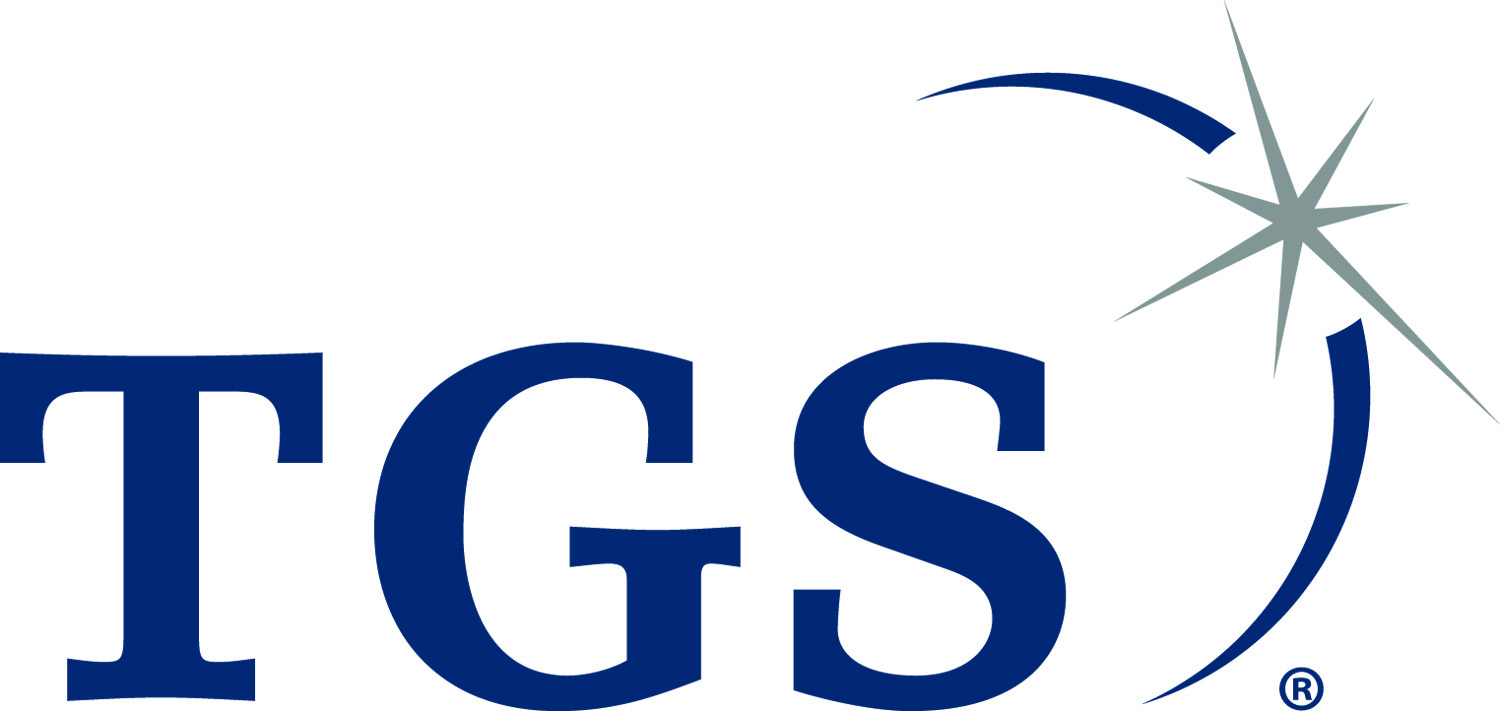Online Only, you must pre-register to receive access information.
Meeting presentation will be from 12:00 noon to 1:00 pm
Speaker: Mark Willis, Halliburton
Co-Author's: Glenn A. Wilson and Andreas Ellmauthaler, Halliburton
In all carbon capture, utilization, and storage (CCUS) projects, monitoring, verification, and accounting is required to span short to long time intervals to ensure plume extents and geologic integrity meet operational and regulatory objectives. Fiber-optic cables permanently deployed in the completions of injector wells enable time-lapse (4D) vertical seismic profile (VSP) imaging using distributed acoustic sensing (DAS). Most CCUS projects are onshore, and the majority of those utilize supercritical CO2 flooding for enhanced oil recovery (EOR). In these cases, fiber-optic installations, acquisition, and analysis are relatively straightforward. Offshore transport and storage projects, whether for EOR or sequestration in saline aquifers, may utilize subsea wells wherein fiber-optic deployment is not as straightforward. Unlike dry-tree wells, DAS of subsea wells requires advanced optical engineering solutions to compensate for the reduced acoustic bandwidth, optical losses, and back reflections accumulated through umbilicals, multiple wet- and dry-mate optical connectors, splices, optical feedthrough systems, and downhole fibers. We present simulated VSP shot records from a carbon storage site for a variety of proposed subsea DAS concepts and evaluate the 3D and 4D seismic image quality of each using Kirchhoff migration of upgoing seismic wavefields with their expected signal-to-noise ratios. We normalize interrogator performance, so we are evaluating the sensing topology only. We show that a subsea fiber topology consisting of dual transmission fibers, a remote circulator with selective amplification of the backscattered light, and enhanced backscatter sensing fiber results in high-quality seismic images suitable for both 3D and 4D VSPs of carbon storage.
Speaker Biography: Mark E. Willis, Halliburton
Mark E. Willis is a Borehole Seismic Chief Scientific Advisor in the Domain Expert Group at Halliburton. He is responsible for mentoring technologists, developing and promoting geophysical innovations, and fostering long term client relationships. In his career he has performed research and development in distributed acoustic sensing VSP technology, deep sonic imaging, fracture identification using seismic data (time lapse VSP, microseismics and surface seismic scattering), interferometric imaging, Kirchhoff and reverse time depth migration, full waveform inversion, machine learning, velocity model building, and borehole sonic waveform processing. Previous to joining Halliburton in 2011, he worked in various research technology, supervisory and management positions at Mobil Oil, ConocoPhillips, Cambridge GeoSciences, and Massachusetts Institute of Technology. He holds a B.S. in applied math and physics from the University of Wisconsin – Milwaukee and a PhD in geophysics from MIT.
** Access information will be sent to all registrants after registration closes.
Price List:
|
Pre-Registered |
Late/Walk-Up
|
Member
|
Free |
Free |
| Non-Member |
$10 |
$10 |
** Please be aware that ALL registrations must go through 'Checkout', even if your total is zero. Registration is not confirmed until you complete the checkout process.
THANK YOU TO OUR SPONSOR:
